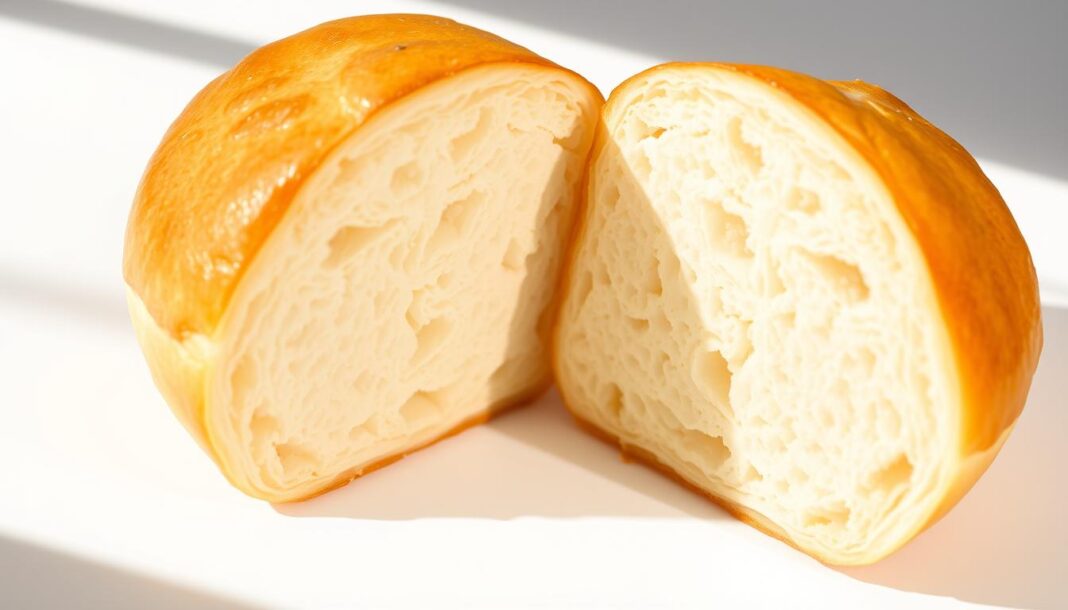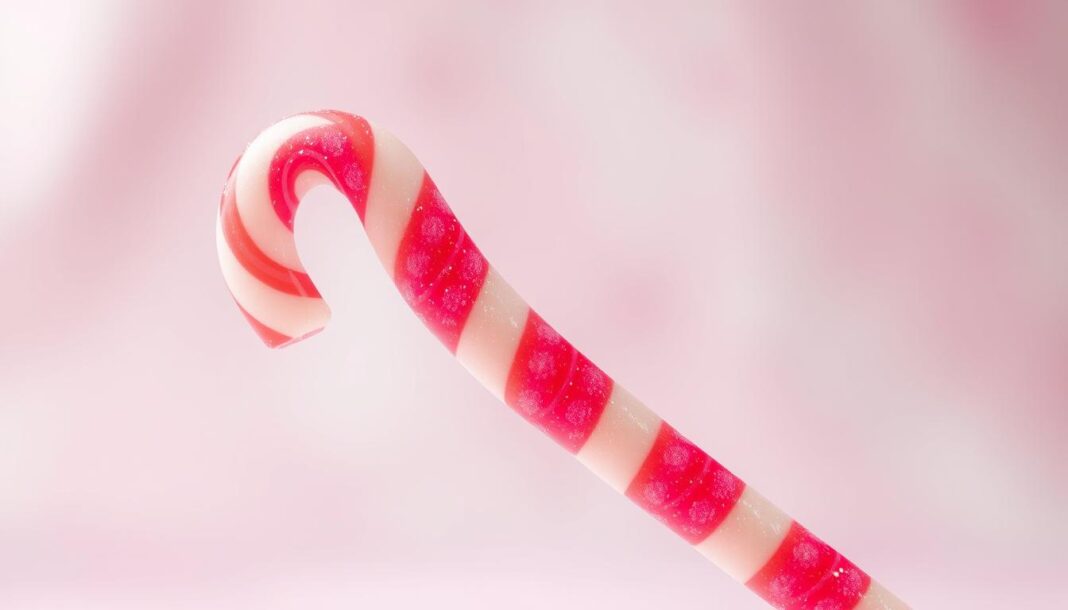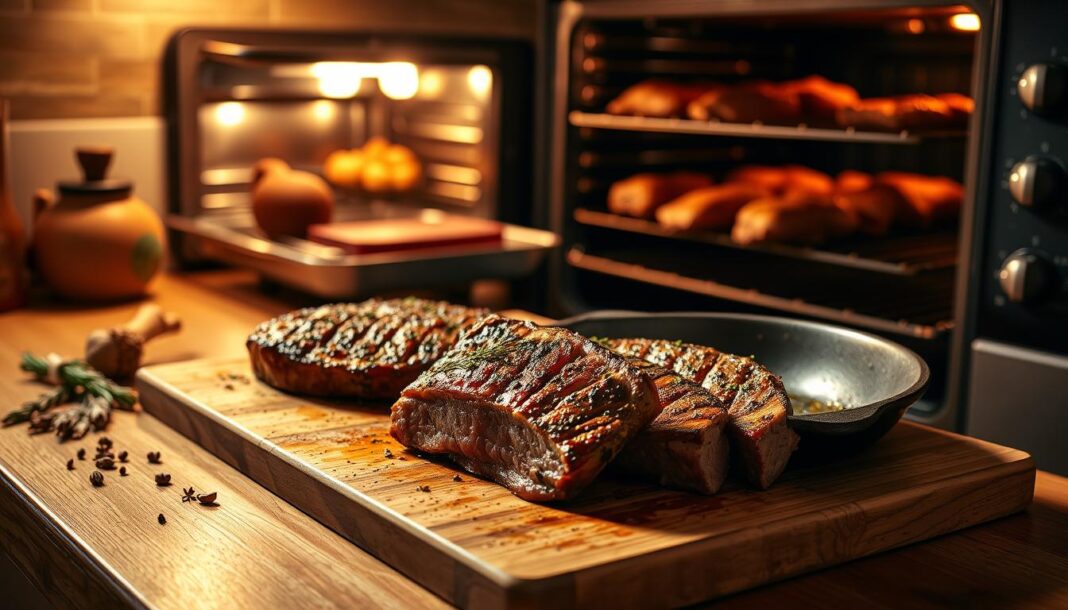The iconic polystarch puff bread from the Star Wars universe has captured the imagination of fans worldwide. First appearing in The Force Awakens, this self-rising bread has become a culinary sensation. At Historical Foods, we’re excited to explore the science behind this phenomenon.
Our analysis breaks down the fictional portrayal and real-world recreations of this instantly-rising bread. We’ll examine how Disney’s Galaxy’s Edge brought this science fiction food to life, using common ingredients like milk to create the dramatic rising effect.
Key Takeaways
- Understanding the chemical reactions behind polystarch puff bread’s rising effect.
- Recreating this Star Wars treat at home with simple ingredients.
- The role of leavening agents in achieving the bread’s signature texture.
- Exploring the culinary techniques used in Disney’s Galaxy’s Edge.
- The science behind traditional bread making and its comparison to polystarch puff bread.
What Is Polystarch Puff Bread?
Inspired by a galaxy far, far away, Polystarch Puff Bread is a treat that’s out of this world. This unique pastry has captured the hearts of many, especially after its appearance in the Star Wars universe.
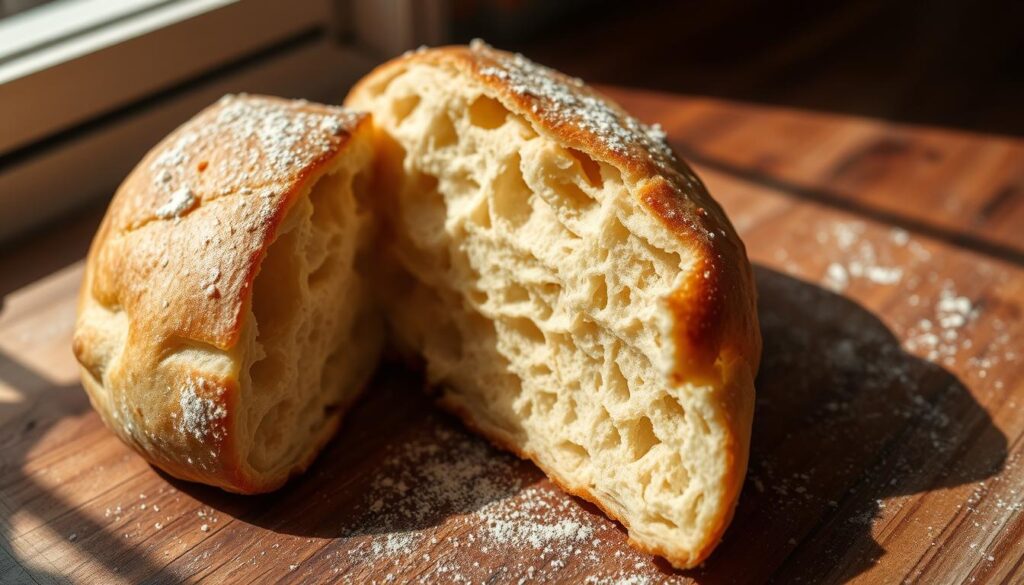
Star Wars Canon Origins
Polystarch Puff Bread originated from the Star Wars franchise, specifically in “The Force Awakens.” It was a significant part of Rey’s character storyline.
Rey’s Self-Rising Portion Meal
Rey’s Polystarch Puffbread was part of her self-rising portion meal, showcasing its importance in her survival on Jakku. This meal represented a practical and nourishing food source.
Appearance in The Force Awakens
In the film, the bread was depicted as a multilayered pastry, hinting at its complex texture and taste. This visual representation sparked the interest of fans worldwide.
Real-World Recreations
The transition of Polystarch Puff Bread from a fictional element to a real-world treat is fascinating. Disney’s Galaxy’s Edge theme park area brought this to life.
Disney’s Galaxy’s Edge Version
At the Milk Stand on Batuu West in Galaxy’s Edge, visitors can enjoy Rey’s Polystarch Puffbread. It’s described as “A multilayered pastry with a crunchy, sweet, streusel shell,” making it a unique treat.
Taste Profile and Presentation
The real-world version of Polystarch Puff Bread is said to be extremely soft with a touch of stickiness, giving it a very light sweet flavor. The presentation, with its crunchy streusel shell, adds to its appeal.
The Science of Polystarch Puff Bread
Delving into the science behind polystarch puff bread reveals the intricate processes that make this culinary delight possible. At its core, polystarch puffbread is a marvel of culinary chemistry, combining ingredients in a way that produces a unique and delicious result.
Key Ingredients and Their Functions
The key to making great polystarch puff bread lies in understanding the roles of its various ingredients. Milk adds moisture and richness, while lemon juice reacts with it to create a thicker consistency. Spinach provides a vibrant color and subtle flavor, whereas flour serves as the main structural component.
Leavening Agents: Baking Powder and Soda
Baking powder and baking soda are crucial for the bread’s rise. Baking soda reacts with acidic components to produce carbon dioxide, creating air pockets, while baking powder releases gas more slowly over time, contributing to the bread’s light texture.
Flavor and Color Components
Ingredients like parmesan cheese and sugar balance the flavors, with parmesan adding a savory note and sugar offsetting the acidity. The bit of cornmeal prevents sticking, ensuring the bread releases easily from the baking surface.
The Chemical Reaction Process
The combination of ingredients triggers a series of chemical reactions. When milk and lemon juice mix, they curdle, creating a texture that’s both tender and robust. The reaction between baking soda and acidic ingredients produces the bread’s rise.
How Self-Rising Works
The self-rising aspect of the bread is largely due to the baking powder, which releases gas as it heats, causing the dough to rise. For more on self-rising flour and its applications, you can explore recipes like those found on Star Wars-inspired recipes.
Achieving the Perfect Texture
Achieving the perfect texture involves balancing protein development and moisture distribution. The right bit of mixing and the correct ratio of ingredients ensure a tender interior and a slightly crisp exterior, characteristics of well-made polystarch puffbread.
Expert Tips for Perfect Polystarch Puff Bread
To achieve the perfect polystarch puffbread, it’s essential to master a few expert techniques. At Historical Foods, we’ve honed our methods through extensive testing and scientific understanding of the baking process.
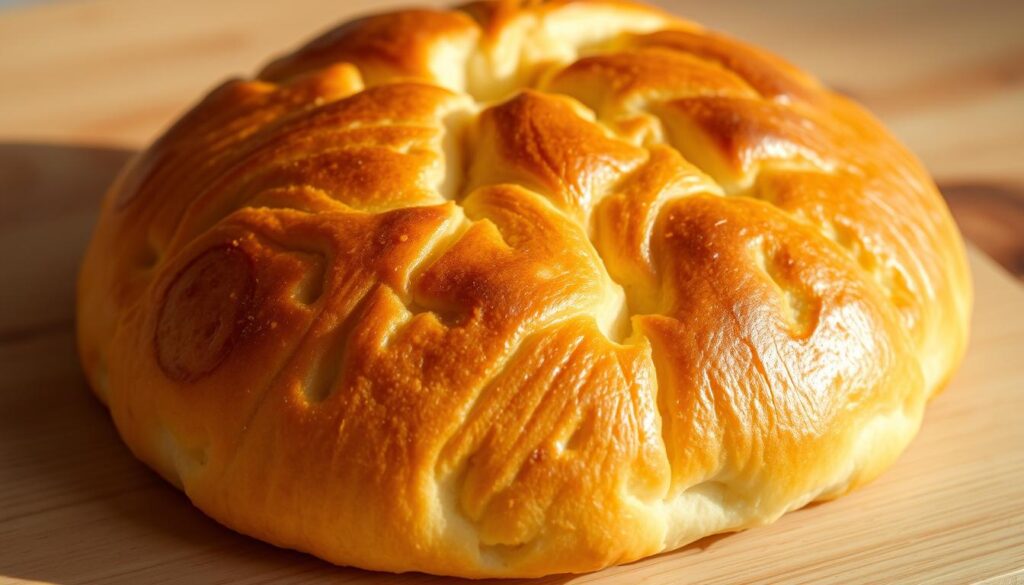
Preparation Techniques
Preparation is key to making outstanding polystarch puffbread. Two critical aspects are Proper Mixing Methods and Temperature Control.
Proper Mixing Methods
Ensure that your ingredients are well combined but not overmixed. Overmixing can lead to a dense bread, similar to a bit too much yeast causing an over-proofed dough.
Temperature Control
Maintaining the right temperature is crucial. Just as a croissant requires precise temperature control to achieve its flaky layers, so does polystarch puffbread.
Common Mistakes to Avoid
Avoiding common pitfalls is just as important as following the right techniques. Key areas to focus on include Moisture Management and understanding Baking Time and Doneness.
Moisture Management
Managing moisture levels ensures your bread doesn’t end up too soggy or too dry. Achieving the right dough consistency is crucial, much like making a perfect croissant.
Baking Time and Doneness
Determining when your polystarch bread is properly baked involves checking for visual cues and using testing methods. The baking time significantly affects both the crust and the interior texture.
Is Polystarch Puff Bread Worth Trying?
The allure of Polystarch Puff Bread, inspired by the iconic Star Wars universe, begs the question: is it a culinary experience worth savoring? After analyzing visitor feedback from Galaxy Edge’s Milk Stand and our own extensive testing, we conclude that while it’s a visually stunning treat, its taste is somewhat lacking.
The Milk Stand version, available at Disney World, offers a croissant-like interpretation that, although baked well, doesn’t particularly stand out in terms of flavor. The accompanying yuzu-passion fruit-coconut dipping sauce is more citrusy than the described flavors, making it a bit of a letdown.
Ultimately, whether Polystarch Puff Bread is worth trying depends on your love for Star Wars and novelty foods. If you’re a fan, this treat is a unique experience. However, for those seeking a standout culinary delight, it might not hit the mark. As a treat that’s more about visual appeal and fandom, it’s worth a try, especially with a glass of cold milk.
